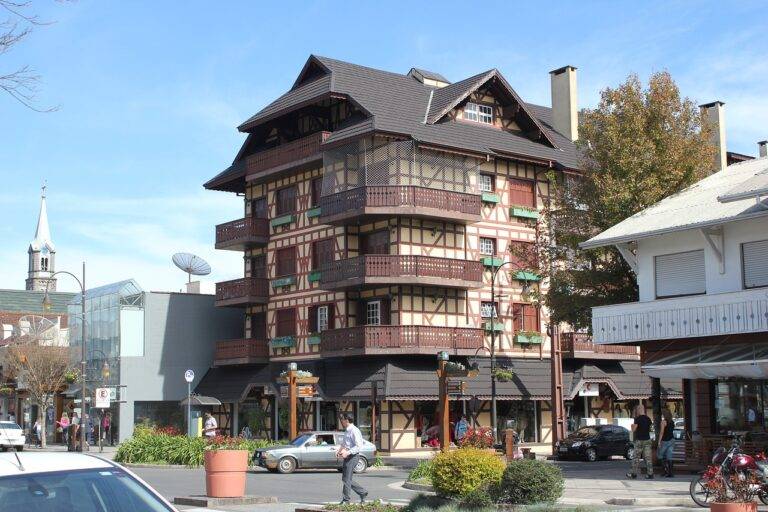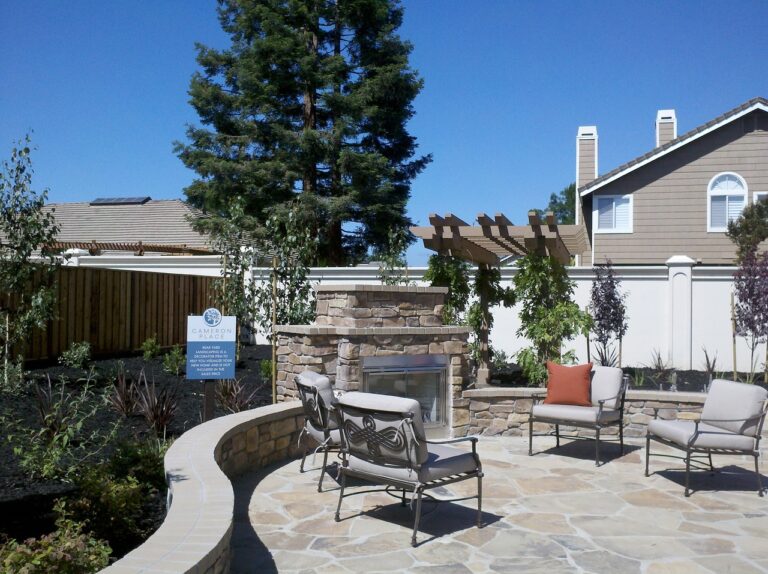Exploring the Future of 3D Printing in Home Construction
3D printing technology has emerged as a groundbreaking innovation with immense potential in reshaping the landscape of home construction. By leveraging this technology, builders can fabricate intricate architectural designs with precision and efficiency, surpassing traditional construction methods. The ability to create customized components on-site reduces waste and significantly decreases production time, offering a cost-effective alternative for constructing sustainable and aesthetically pleasing homes.
Moreover, 3D printing enables the utilization of diverse materials, ranging from concrete to recycled plastics, enhancing the design flexibility and structural integrity of residential buildings. This advanced technology eliminates many logistical challenges associated with conventional construction practices, paving the way for the development of more resilient, energy-efficient, and environmentally friendly homes. As the construction industry continues to embrace 3D printing innovations, the future holds exciting possibilities for creating sustainable housing solutions that meet the evolving needs of modern society.
Current Applications of 3D Printing in the Construction Industry
3D printing technology has made significant strides in the construction industry, with various innovative applications already in practice. One notable application is the creation of complex architectural elements that would be challenging to produce using traditional construction methods. By utilizing 3D printers, architects and designers can bring intricate designs to life with precision and efficiency.
Furthermore, 3D printing has been leveraged to construct affordable and sustainable housing solutions in different parts of the world. In regions facing housing shortages or in disaster-stricken areas, 3D printing offers a rapid and cost-effective solution for building homes. This technology enables the fabrication of durable and customizable structures, showcasing its potential to revolutionize the way homes are constructed in the future.







